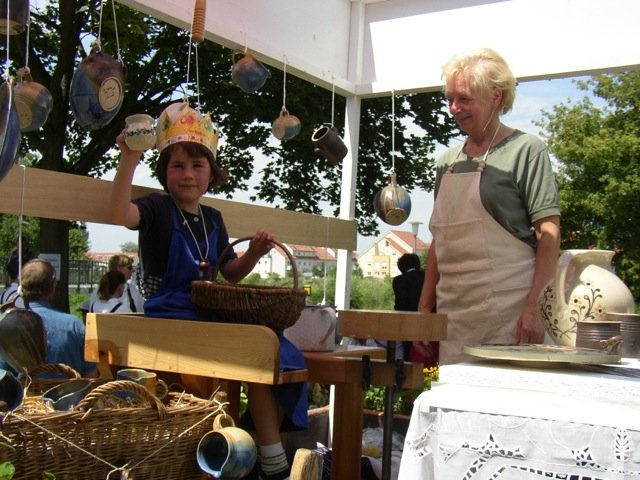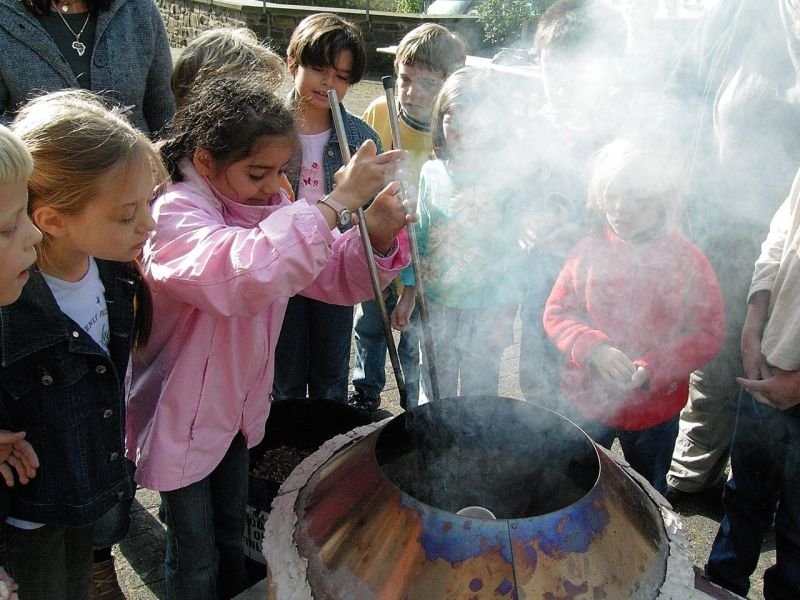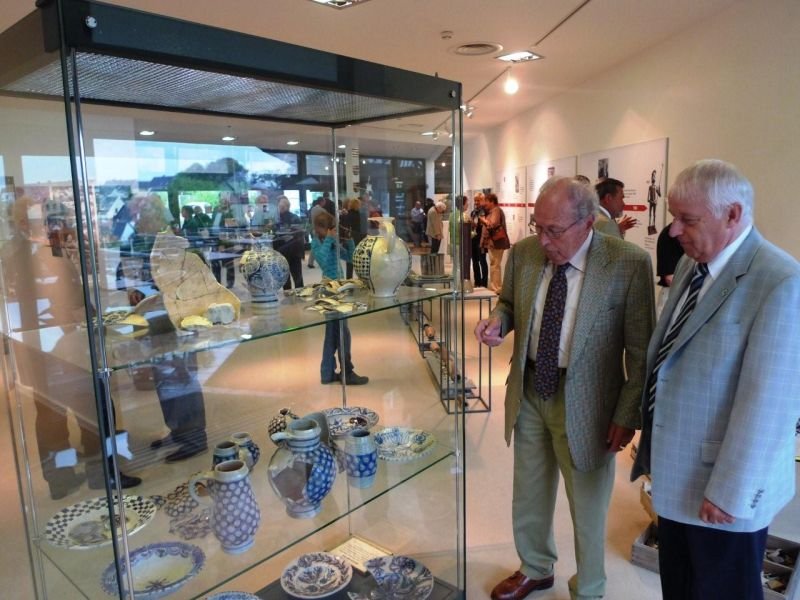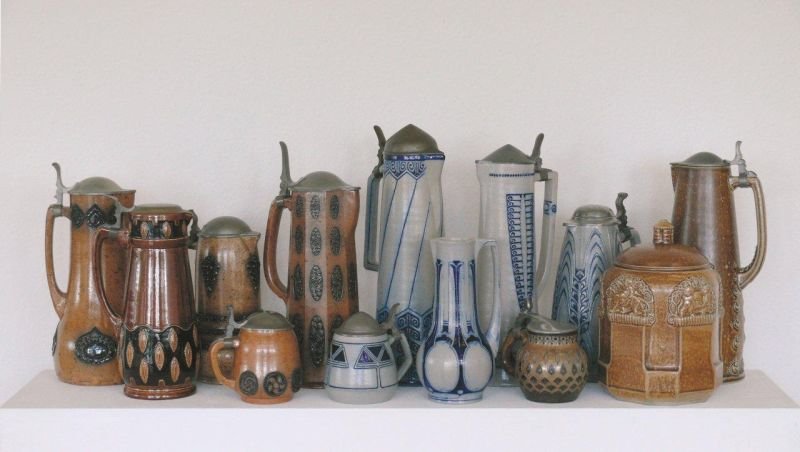Nationwide Inventory of Intangible Cultural Heritage
Pottery Tradition of Westerwald’s Stoneware in Höhr-Grenzhausen and Breitscheid

Ever since people have the knowledge of how hard-burnt figures or vessels can be made from soft clay, they have left evidence of their cultures. Today ceramic finds provide important insights into social, cultural and art history of mankind.
Facts & figures
Crucial date: all season
Inscription: 2016
Domains: traditional craftsmanship
Where to find: Westerwald (Hesse, Rhineland-Palatinate)
Contact
Töpfereimuseum Breitscheid
Dr. Uwe Peters (Chairman)
@email
www.zeitsprünge.de
Keramikmuseum Westerwald
Nele van Wieringen (Museums Director)
www.keramikmuseum.de
In the Westerwald and its peripheral zones such as Breitscheid almost 40 workshops and studios, as well as educational and economically interesting collaborations in the Ceramic Education and Research Center in Höhr-Grenzhausen, are devoted to the ceramics tradition today. They offer various apprenticeship opportunities and thus ensure a transmission to the following generations.
Both objects of everyday use as well as art objects are produced here. The process is carried out in the traditional way, by turning and shaping the clay on the potter's disc, then glazing and finally burning it. In addition, new creative techniques and material mixtures are tried out and new fields of application for ceramics are identified.
The traditional craftsmanship of pottery and ceramics developed in the Westerwald due to the region’s rich clay deposits. The “Westerwälder Steinzeug” was burnt at high temperatures, physically resistant and, due to a crack-free salt glaze, hygienically perfect. In times without refrigerators, “Westerwälder Steinzeug” was therefore gladly used e.g. to preserve food. Nowadays, ceramics are used e.g. in glass and steel production as well as in space technology.
The Westerwald has become one of the most important ceramic centers in Europe. The annual European Ceramics Market and international exhibitions and competitions in the Ceramics Museum promote an international exchange. The pottery craft is thus always rediscovered and interpreted anew.





